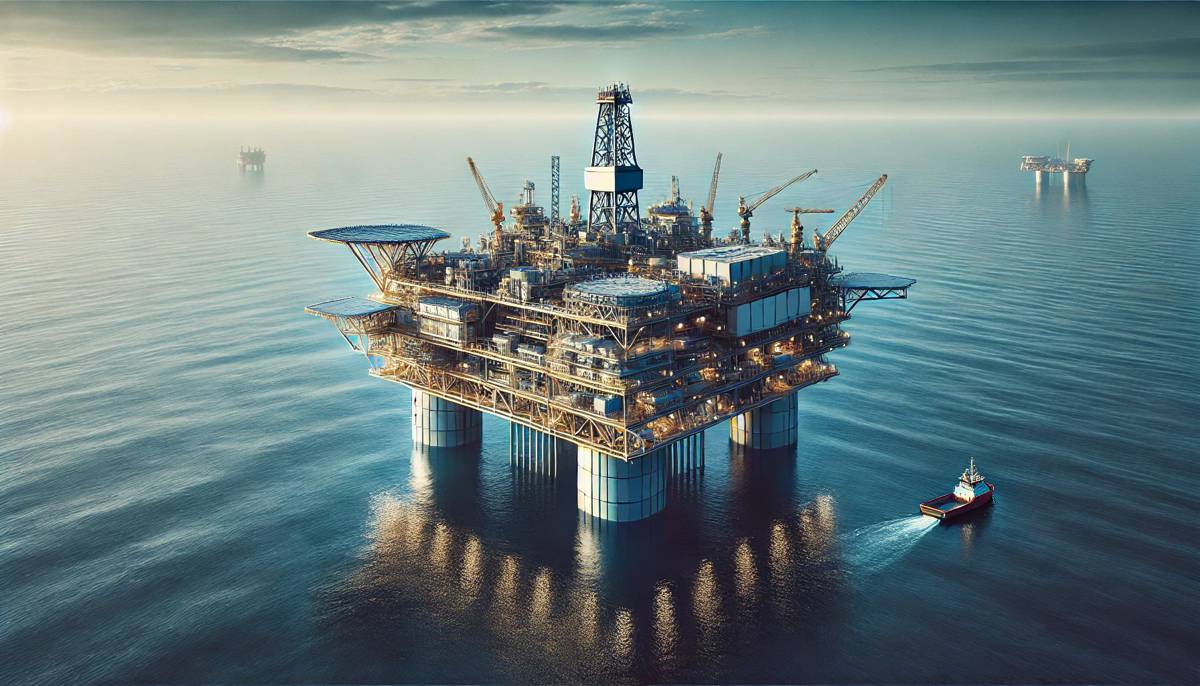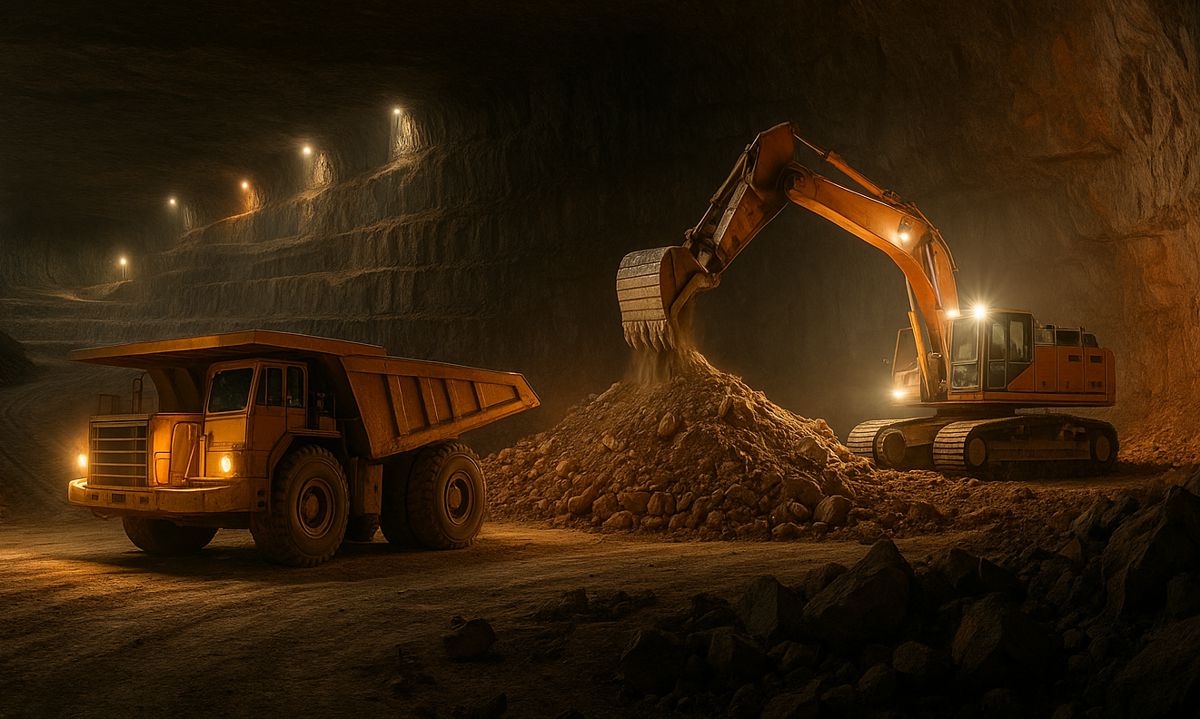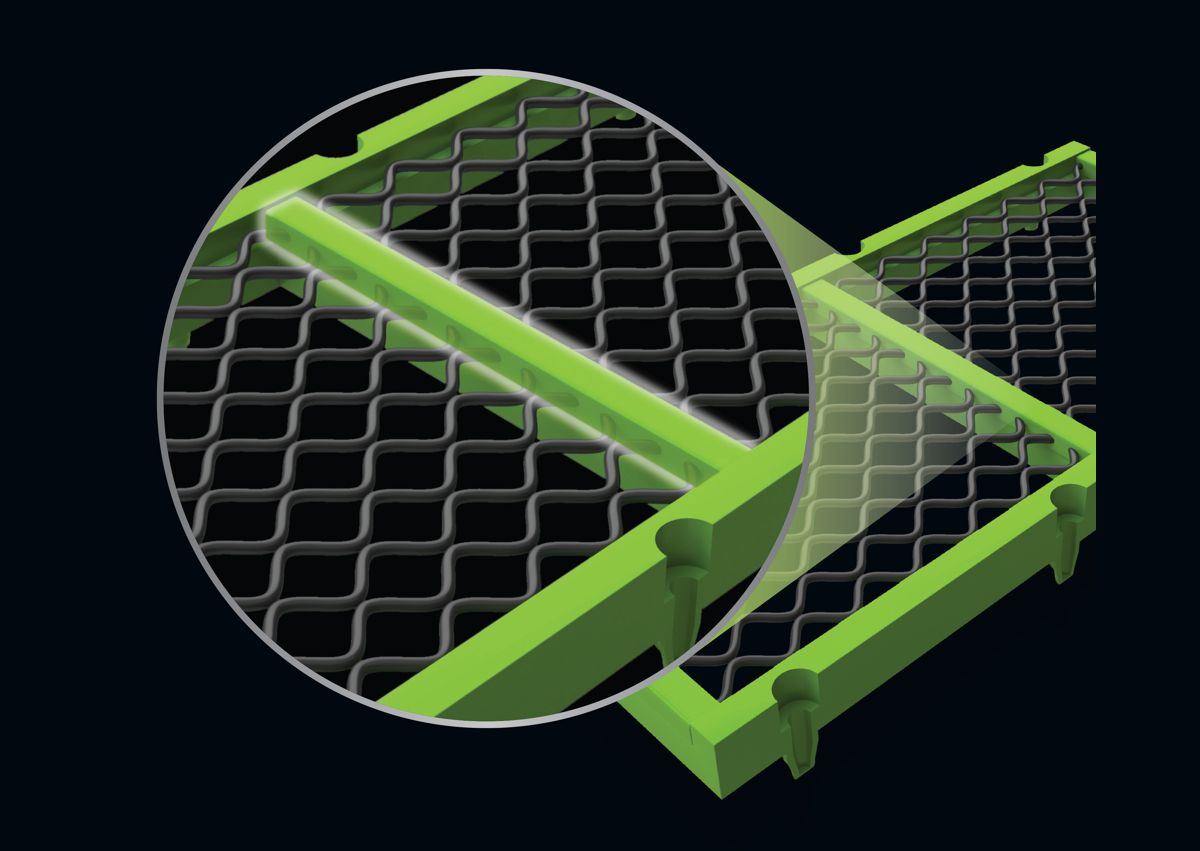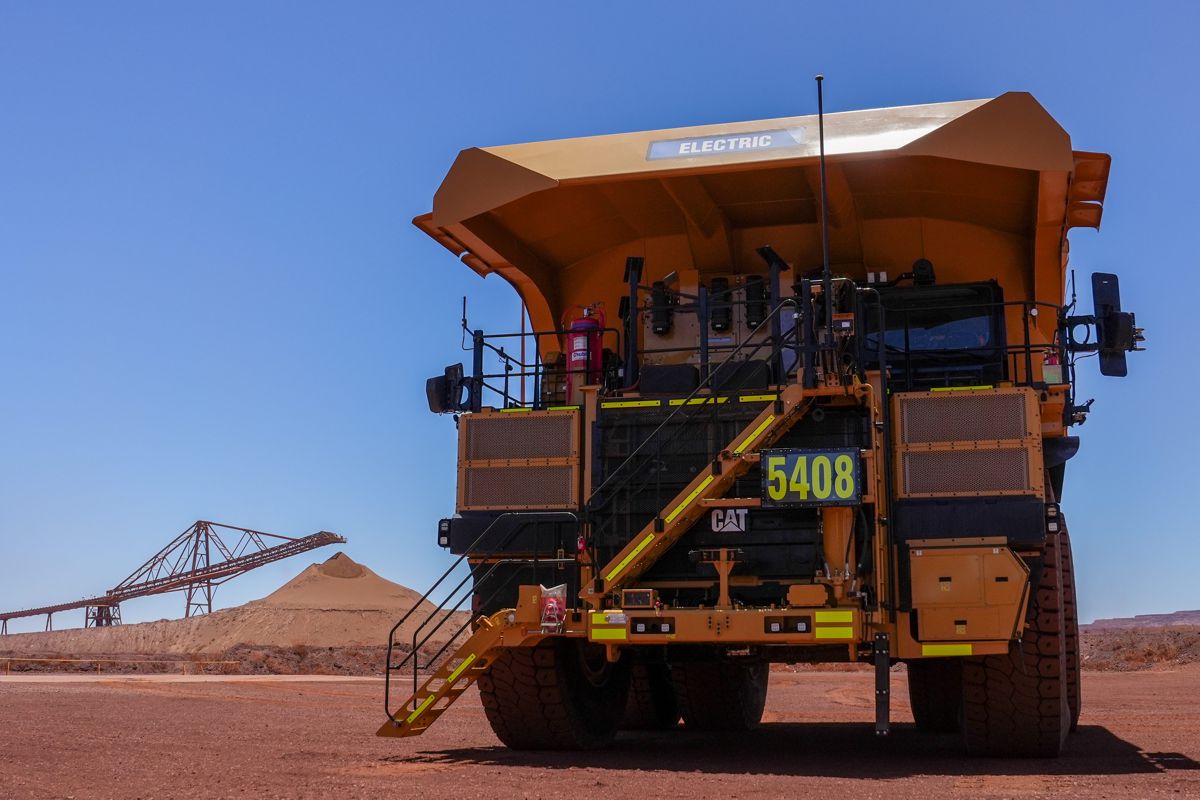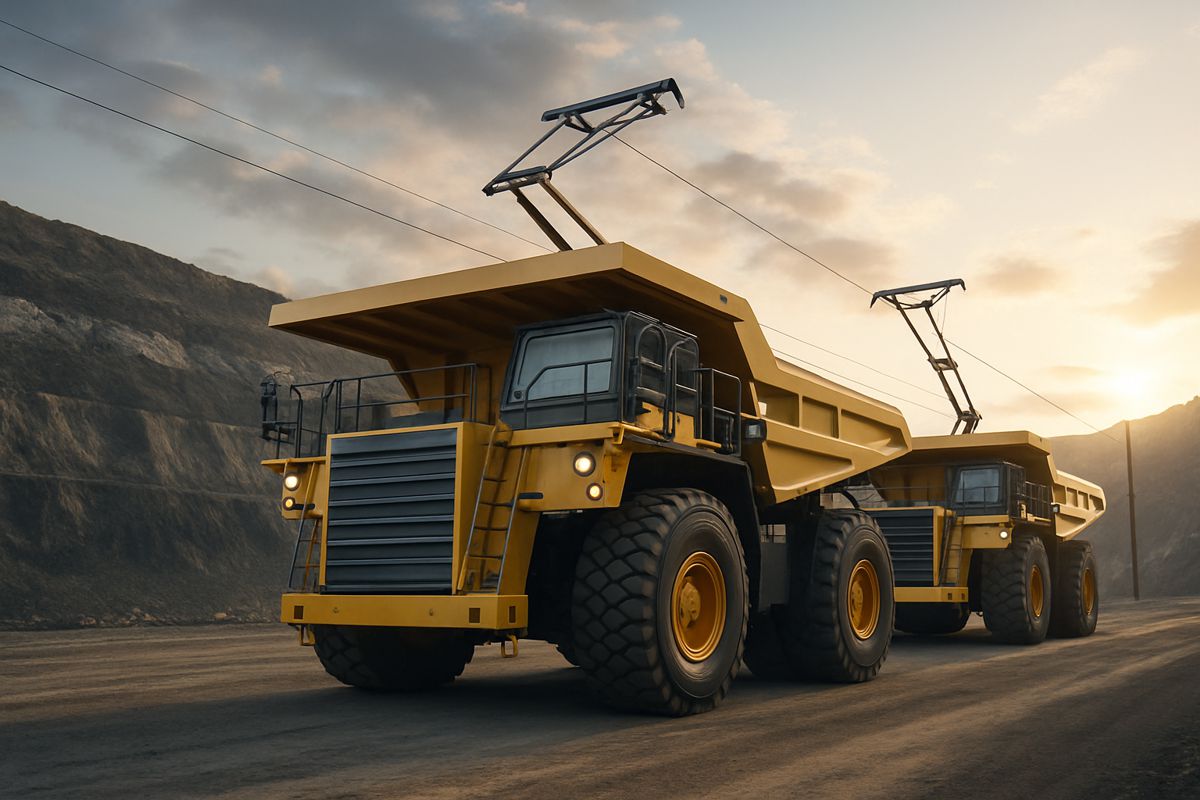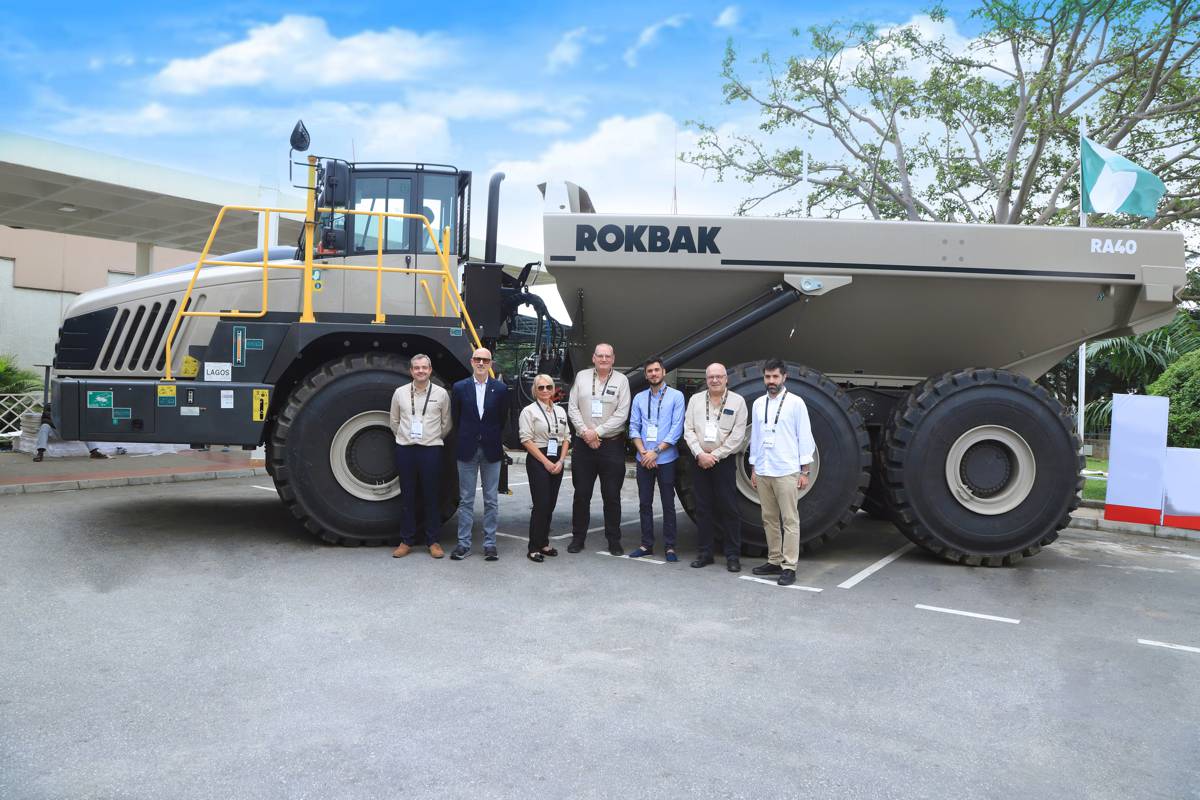Audubon to Lead Topside Design for bp’s Kaskida Project
Audubon Engineering Company, a prominent player in the field of engineering, procurement, and construction (EPC), has secured a major contract to design the topside of the Floating Production Unit (FPU) for bp’s Kaskida project in the Gulf of Mexico.
The Kaskida field is poised to be one of bp’s most ambitious deepwater undertakings in the region. With this project, Audubon continues its streak of delivering cutting-edge offshore engineering solutions, reinforcing its reputation as a leader in the oil and gas industry.
A Key Role in Deepwater Production
Floating Production Units (FPUs), especially the Floating Production Storage and Offloading (FPSO) vessels, play a crucial role in the offshore oil and gas industry. These units are used to extract, process, store, and offload oil and gas from deepwater fields, where traditional fixed platforms are not feasible. FPUs are essential for enabling production in challenging environments, as they provide a flexible and cost-effective solution for tapping into remote subsea reservoirs.
For the Kaskida project, Audubon has been entrusted with the design and engineering of the topside, a critical element of the FPU that houses the processing facilities, living quarters, and control systems. The topside design directly impacts the operational efficiency and safety of the entire platform, making this a high-stakes project for both bp and Audubon.
Leveraging Experience for Superior Design
Audubon’s expertise in offshore engineering is well-established, having previously delivered successful projects like Delta House, King’s Quay, and the Shenandoah semisubmersibles. These projects have showcased Audubon’s ability to innovate and execute complex designs under tight timelines and challenging conditions. For Kaskida, the company plans to apply these proven methodologies to achieve faster cycle times and ensure a streamlined, effective design process.
Terry Mienie, Executive Vice President of Offshore at Audubon, expressed enthusiasm for the project: “Our engineering team holds decades of talent and experience designing and delivering exceptional offshore platforms. We are excited to collaborate with bp, utilizing our topside expertise to develop Kaskida optimally and safely.”
This sentiment was echoed by David Robison, Audubon’s CEO, who added: “Our entire team is thrilled to contribute to Kaskida. This project represents an opportunity for Audubon to showcase our engineering proficiency and agility for one of the most significant oil and gas plays in US history. Our team is committed to delivering quality for every client and every project, and we especially look forward to supporting bp with its production objectives for the Gulf of Mexico.”
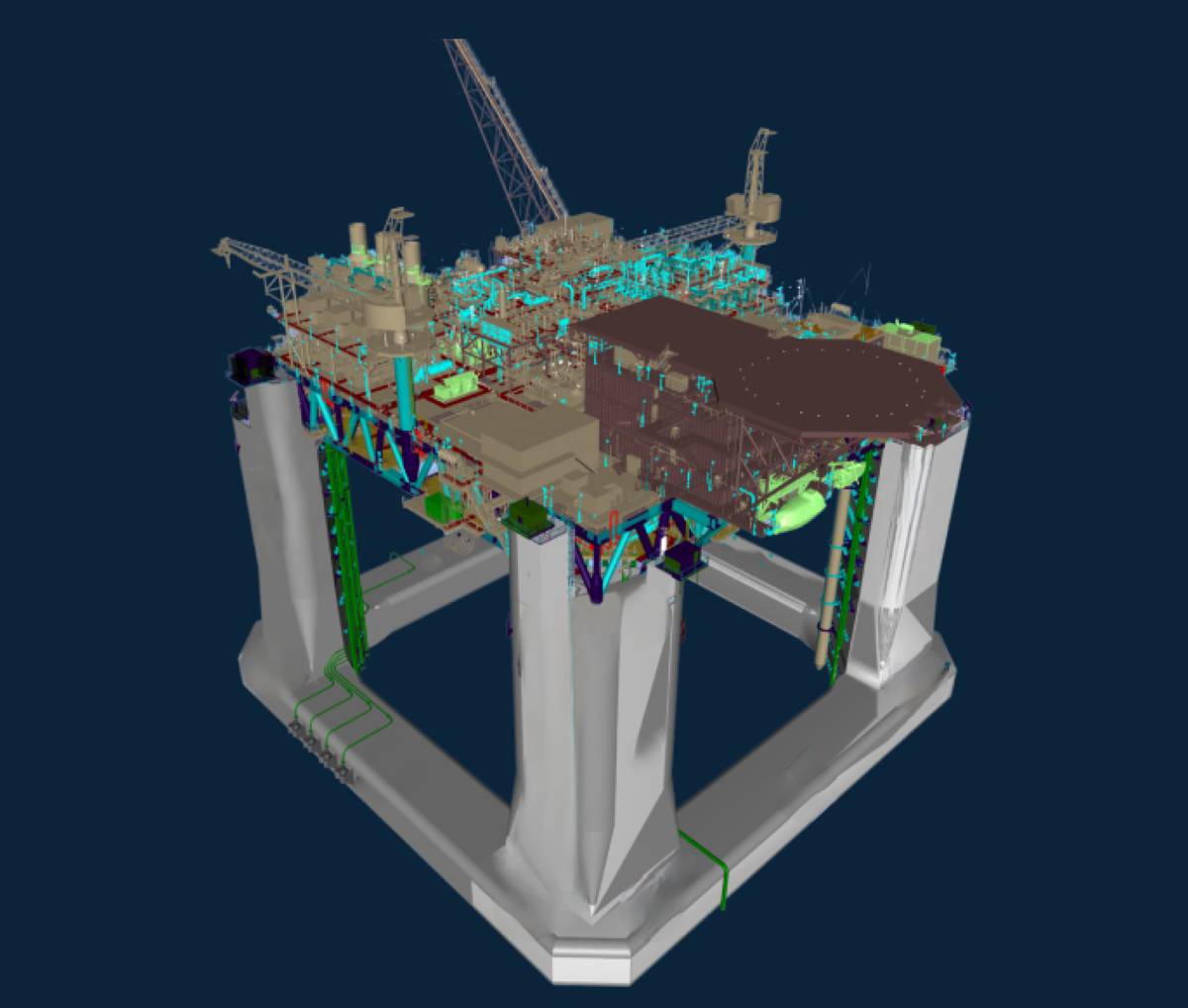
Engineering Partnerships: Collaboration at the Core
Engineering work for the Kaskida FPU is already underway. While Audubon focuses on the topside, EXMAR Offshore, another key player in the industry, has been tasked with designing the hull. This collaboration highlights the importance of integrated efforts in delivering such high-profile projects. The combination of Audubon’s topside expertise and EXMAR’s hull design capabilities is expected to result in a well-balanced, high-performance FPU.
In deepwater oil and gas developments, every component plays a vital role in ensuring that operations run smoothly and safely. The hull provides stability and buoyancy, while the topside handles the complex processing systems needed to extract and refine hydrocarbons. Close coordination between these two design teams will be crucial to the project’s success.
Audubon’s Industry Legacy: A Commitment to Innovation
Since its inception in 1997, Audubon has grown into a leading provider of integrated EPC solutions across multiple sectors, including energy, power, utility, industrial, and infrastructure. Their focus on combining technology, experience, and ingenuity has made them a trusted partner for some of the most challenging projects in the industry.
Audubon’s involvement in the Kaskida project aligns with their strategic focus on deepwater operations, a segment of the oil and gas industry that continues to grow in significance. The deepwater Gulf of Mexico remains one of the world’s most prolific and technically challenging hydrocarbon basins. As oil companies look to maximise production from these areas, the demand for high-quality, reliable engineering services is greater than ever.
What Makes the Kaskida Project Significant?
The Kaskida field is located in the ultra-deep waters of the Gulf of Mexico and is regarded as one of bp’s largest discoveries in the region. The successful development of this field is crucial not only for bp’s portfolio but also for maintaining the region’s status as a key player in global energy markets. Deepwater projects like Kaskida are capital-intensive, requiring sophisticated engineering solutions to operate efficiently and safely.
For Audubon, the Kaskida project is more than just another contract; it’s a chance to cement their status as leaders in offshore engineering. Their approach combines established best practices with innovative technologies, ensuring that they can meet the stringent demands of deepwater operations. This philosophy has been key to their success on past projects, and it will undoubtedly be pivotal in their work on Kaskida.
Looking Ahead: A Positive Future for Offshore Projects
The oil and gas industry remains under pressure to balance operational efficiency with environmental sustainability. As operators like bp pursue new fields, the emphasis is increasingly on finding ways to optimise production while minimising environmental impact. Audubon’s experience in designing platforms that are both high-performing and compliant with modern environmental standards will be invaluable as the Kaskida project moves forward.
Ultimately, the successful delivery of the Kaskida topside will reaffirm Audubon’s place at the forefront of offshore engineering. With deepwater projects expected to remain a key part of global energy strategies, the company is well-positioned to play a critical role in the next generation of offshore developments.
